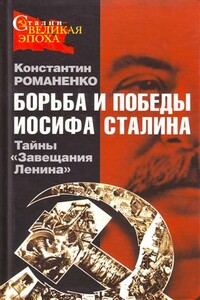Под сенью Святого Павла: деловой мир Лондона XIV — XVI вв. - страница 175
It was especially seen in the 16>th century when a considerable expansion of the scale and trade spheres of London aldermen took place. There are solid grounds for speaking about the connection of some London business community representatives of that time with the process of formation of new, organized on early capitalist principles production. Men of business from the capital not only started to export the English industry products but also supplied the whole branches with imported raw material: cloth making, cotton manufacture, shipbuilding, mining industry and metal manufacture. Besides, some aldermen of the second half of the 16>th century took part in organizing pirated businesses and colonial expeditions investing into them big money but at the same time making a huge profit.
Another important sphere of London merchants' economic activities was lending operations that connected them with representatives of different social groups. London men of business lent money to merchants from livery companies, craftsmen from the capital and provincial merchants, clergymen, noblemen and the crown. Such broad social communications not only reflect the degree of this social community financial might, which is, of course, very important, but they also show the level of development of economic ties among towns and regions of England and the nature and scale of social interaction among various classes and inside class groups.
Recognizing priority significance of commercial and financial activity for men of business in London of the 14>th — 16>th centuries, it is necessary to note that many of them were also owners of land and real estate in the town and various counties of England. During this time capital received from trade was actively invested into buying land and property by the richest London class of merchants. This was caused by different factors: by special significance of land property at that time, for reasons of social prestige, by the necessity of reducing economic risks and providing guaranteed income, food and raw material. With regard to the town we should speak mainly about commercial by its nature possession of houses. In particular, aldermen rented not so many parcels of land as premises that brought a considerable income to town: shops, hotels, dwelling houses, workshops, shipyards and so on. If land was rented, it was more often used for development. Transactions in land owning concluded by London merchants-aldermen covered a wide social range: representatives of various categories of citizens (merchants, petty traders, and craftsmen), noblemen, church and monasteries. Aldermen not only strengthened their position in the city economy but partly created rather dangerous competitors for themselves, especially in church and monasteries and inevitably came into the zone of conflict with them. In full it showed up in the second third of the 16>th century when powerful London merchants joined the wide scale activities of the royal power on the sale of secularized Church lands and monasteries' property.
In the 16>th century pastures, “fenced pastures”, and “farms” emerged in the structure of country real estate of men of business. Representatives of big merchant class tried to use lands to receive profit from the advanced in technical respect agriculture that was closely connected with the market and specialized on the delivery of wool for cloth making industry or on commodity production of grain, meat, cheese, milk and other products arranged on capitalist farms. Trying to receive new profits that could be, first of all, gained from sheep breeding, farmers-merchants joined fencing together with “new nobility”.

